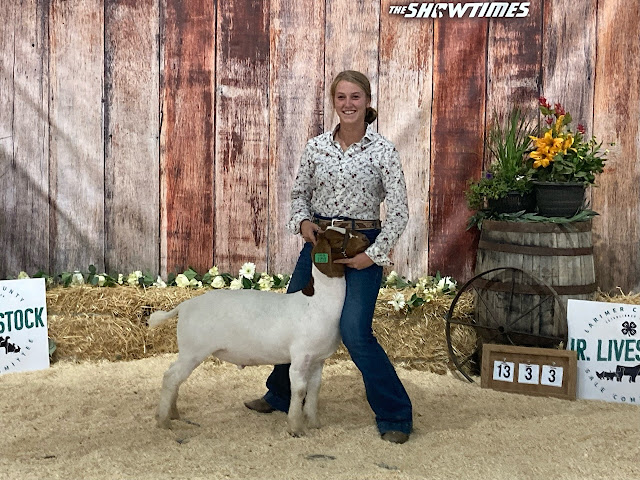They have had an interesting life cycle, hosting a number of insect species from lady bugs to a vast variety of bees, and even the deadly ambush bug, Phymata, a nasty little creature, aptly named, that hides the petals of the flower then attacks its unsuspecting pray, stabbing it with its proboscis, injecting a deadly toxin then sucking out the poor creatures brain and bodily fluids. Can there be a worse nightmare for our favorite insects? Probably not. What then should a gardener do to protect the good guys, the pretty ones, the beneficial insects in the garden?
While we may use herbicides to control noxious weeds such as bindweed, wild morning glory, and Canadian thistle here at the Garden Spot, we resist the use any pesticides in both the flower beds and the vegetable garden. What will be will be in the cycle of life of plants and critters. I don’t mind the vegetarian caterpillars, for they mostly only destroy leafy vegetation, such as the much-hated tomato horn worms, which we seldom see in our garden. My dad’s approach was to plant another plant for them. Many caterpillars metamorphize into beautiful butterflies and moths, so we tolerate them, even protect them.
Then we find those critters in the Hemiptera order (true bugs) such as the ambush bug and the assassin bug that pose certain dangers to our favorite pollinators, so there is a fine balance between what and how to or if we even should control the carnivorous insect predators. As I did research for this post, I wanted to find ways to control the assassin or ambush but learned a lot about them. Not only are the assassin bugs a deadly threat to bees and butterflies, but some varieties have venom that is toxic to humans—dangerously so. While assassin bugs come in many different varieties and seem plentiful in the garden, I haven’t identified any specific ones except for the ambush bug that hides just at the edge of the pistil, waiting for unsuspecting bees and butterflies to land on the center of the flower.
To use pesticides would contaminant the food that we harvest from the garden and kill the good bugs, so while it breaks my heart to discover a bee or small butterfly lying lifelessly on a pretty flower, it’s only a cycle of life. One of these articles reminds the reader the assassin bugs may kill a few bees, but they also kill the bad bugs, too, such as aphids; so they, on the other hand, are garden guardians.
All about Phymata: Ambush Bugs
More: Colorado Insect of Interest: “Ambush Bug”
The Spruce: Assassin Bug: Why They are Good the Garden
More on predatory insects and spiders in Texas Gardens: Lady Bird Johnson Wildflower Center: “Here There Be Dangers
I checked on an early blog post where I first wrote about these creatures after discovering them in the garden, only to realize that I wrote my very first blog post August, 19, 2010. Carolyn at “This Grandmother’s Garden.” was my first and only visitor. I joined a group that promoted bloggers and slowly grew a small unique group of faithful followers.
The next post, “Back Yard Bullies” when I wrote about the assassin bug it didn’t get any comments. September posts went without comments, too. The first post in August had two, one who with good intentions, I suppose, recommended how I could get better photos. Thin skinned as I was then, I removed all of my photos from those early post, but the blog slowly took off. I was busy in 2014 where I wrote a record 68 posts but only 5 in 2021 when I just ran out of steam. Some of you have been with me for a very long time and I count you as my friends and look forward to reading your posts every week. Other bloggers have come and gone, and I miss them, but life takes us all on different paths. Blogging can become a chore some weeks. Writing is hard and it’s a challenge to keep the blog fresh and interesting, but it is a good exercise that keeps the brain working. I am trying to maintain a disciplined schedule of posting once a week on Mondays with a fresh new mosaic for Mosaic Monday, which means honing my photographic skills, too.
I’m not quite as disciplined at my second blog, Ann’s Dollhouse Dreams because I don’t always work on the dollhouses; still I have a small circle or wonderful followers who share ideas and tutorials on how to make beautiful miniatures.
I guess my main goal for both of the blogs is to write entertaining and informational posts that make readers smile and brings them a tidbit of new information.


There is some hope for the garden because these deadly bugs do have natural predators. Here the Garden Spot's most frequent visitors:








.jpeg)
.jpeg)


.jpeg)

.jpeg)
.jpeg)



.jpeg)
.jpeg)
.jpeg)

.jpeg)


.jpeg)




.jpeg)

.jpeg)
.jpeg)
.jpeg)
.jpeg)










.jpeg)
.jpeg)
.jpeg)
.jpeg)




.jpeg)
.jpeg)

.jpeg)
.jpeg)
.jpeg)




.jpeg)
.jpeg)
.jpeg)




.jpeg)





.jpeg)
.jpeg)
.jpeg)
.jpeg)
.jpeg)





